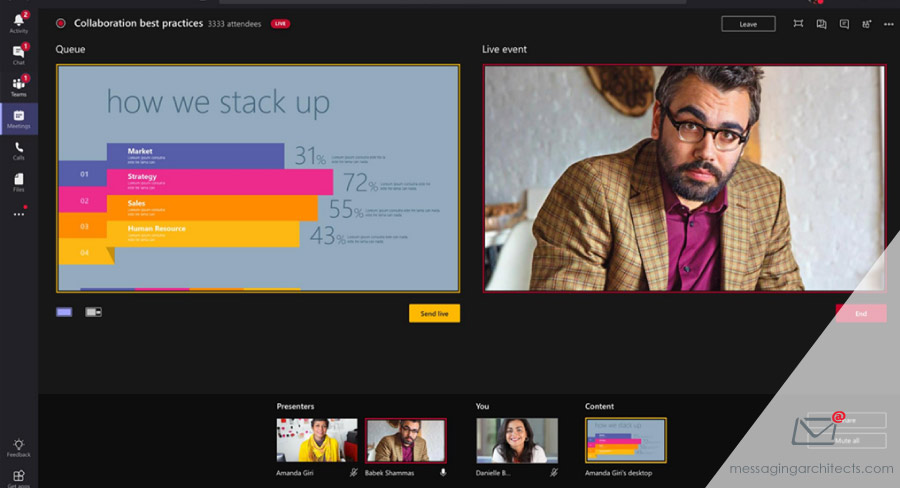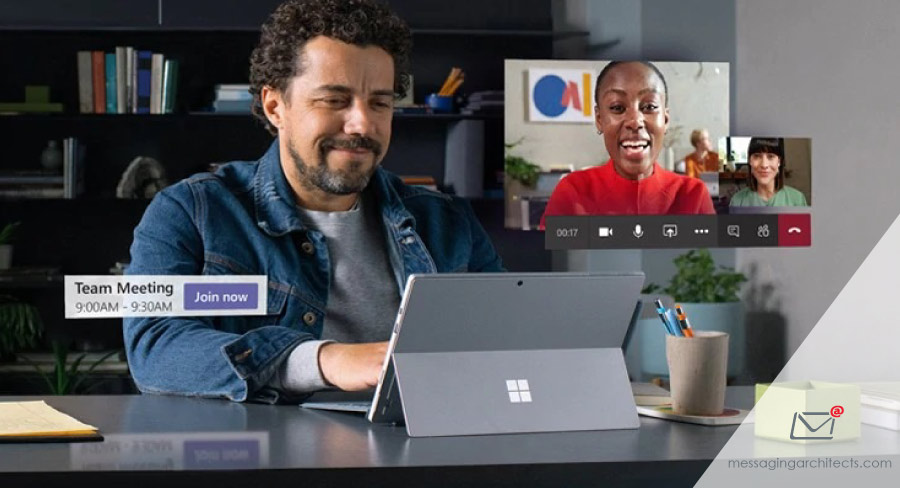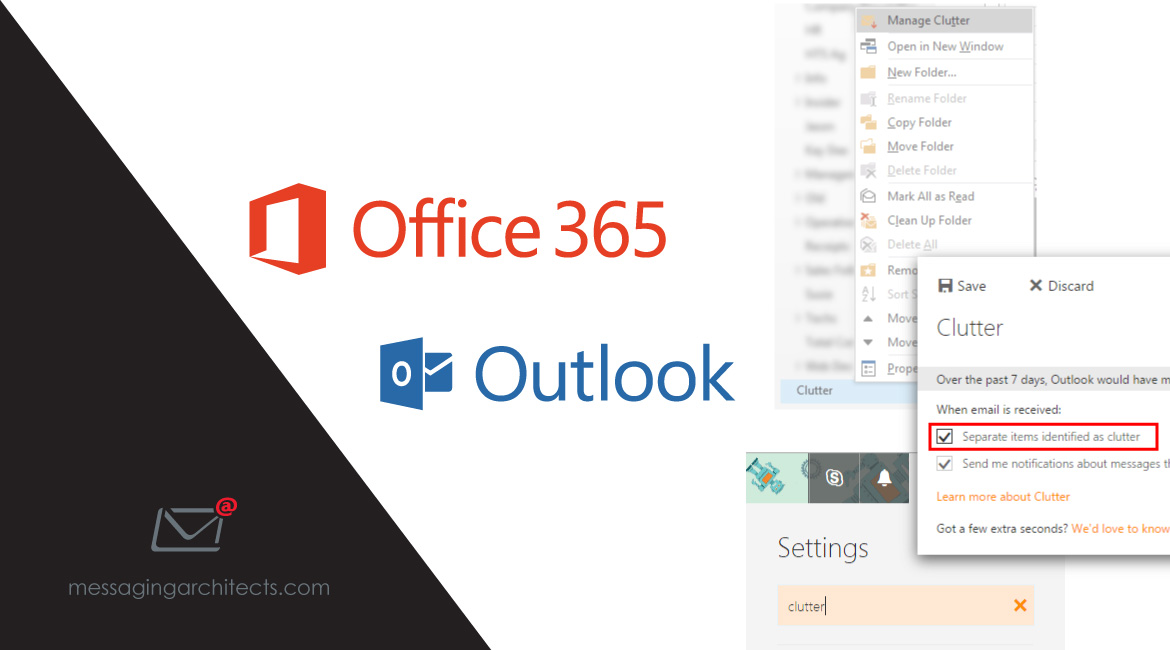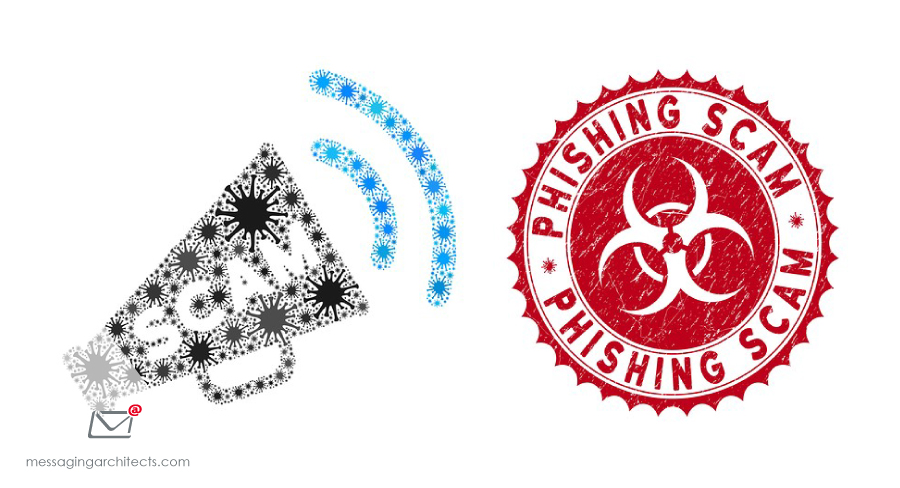New Reasons to Migrate to Microsoft 365
COVID-19 has changed how and where we work. The old paradigms of conference room collaboration, watercooler discussions and packed auditorium training and announcements are giving way to virus safety concerns. In the context of this emerging reality, we present the standard reasons and some brilliant new reasons to migrate to Microsoft 365. Standard Reasons to Migrate to Microsoft 365 Reduced In-house IT Expenses Microsoft 365 migration enables small businesses to adopt full-featured software without the need for expensive in-house IT support, a key benefit. Because software and data are stored in the cloud, every employee has access to the latest




















